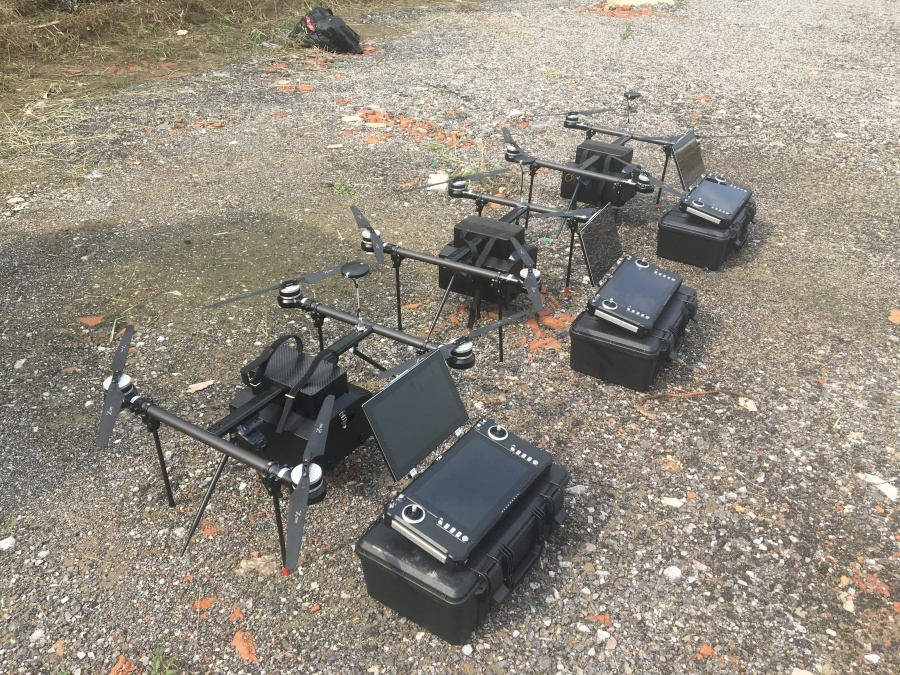Drone User Basics

The Common Environment of Autonomous Systems
The Common Environment of Autonomous Systems
Future autonomous systems will operate in a common environment. Because they are not controlled by humans, they will have to interact with people in new ways. These systems will have to be perceived as functional, efficient, and safe. These interactions will include both helpful and unhelpful interactions. In addition, these systems will be a part of our daily routines. Developing human-machine interfaces to make them behave appropriately is a critical step to ensure their safety and success.
The development of next-generation autonomous systems will require extensive behavioral research. While the valet-parking robot may not be a fully autonomous car, it is far removed from the autonomous vehicle. In fact, regulators and customers may question the system's ability to detect human-like actions, even if it isn't driving itself. This will create an enormous ethical challenge for the development of next-generation autonomous systems. This is why extensive behavior research is critical to the design of next-generation autonomous systems.
Automated robots are a key component of autonomous systems. They are designed to perform repetitive and laborious tasks and reduce human labor. But they are not yet intelligent enough to perform complex tasks without human help. As such, they are still very dangerous for human beings and can cause traffic jams. Nevertheless, their development can have many benefits for society. And we will soon be able to make our daily lives more comfortable. In the meantime, we will be able to work more efficiently and save money.
Aside from autonomous systems, there are several kinds of interconnections that are critical to the operation of an organization. Large enterprises typically operate many networks that share the same operating environment. To facilitate interconnectivity between networks, autonomous systems use the Border Gateway Protocol. This protocol uses an ASN to uniquely identify each system and manage its routing tables. The resulting routing maps will make it possible for a computer to communicate with another system. For example, if a computer is on the NET1 network, it can communicate with any computer in NET2 without requiring the assistance of another device.
The internal environment is comprised of lower-level physical and virtual infrastructure. This could include a computer, memory, power sources, operating system, communications hardware, database management software, and the like. The external environment is the totality of entities that surround the system. It could include other physical systems or stand-alone objects. It may also include humans. A key external environment entity is humans. It may include any type of entity that interacts with the system.
When combining these techniques, a system will be able to achieve the desired outcome. The results of combining different techniques will be more comprehensive and robust. They will have the added benefit of ensuring that the final system behaves as expected. The process of implementing autonomous systems is an exciting one, but it will take some time to pay off. However, the benefits of combining techniques are enormous. In the long run, the system will be able to reduce the costs associated with human intervention.
0users like this.
